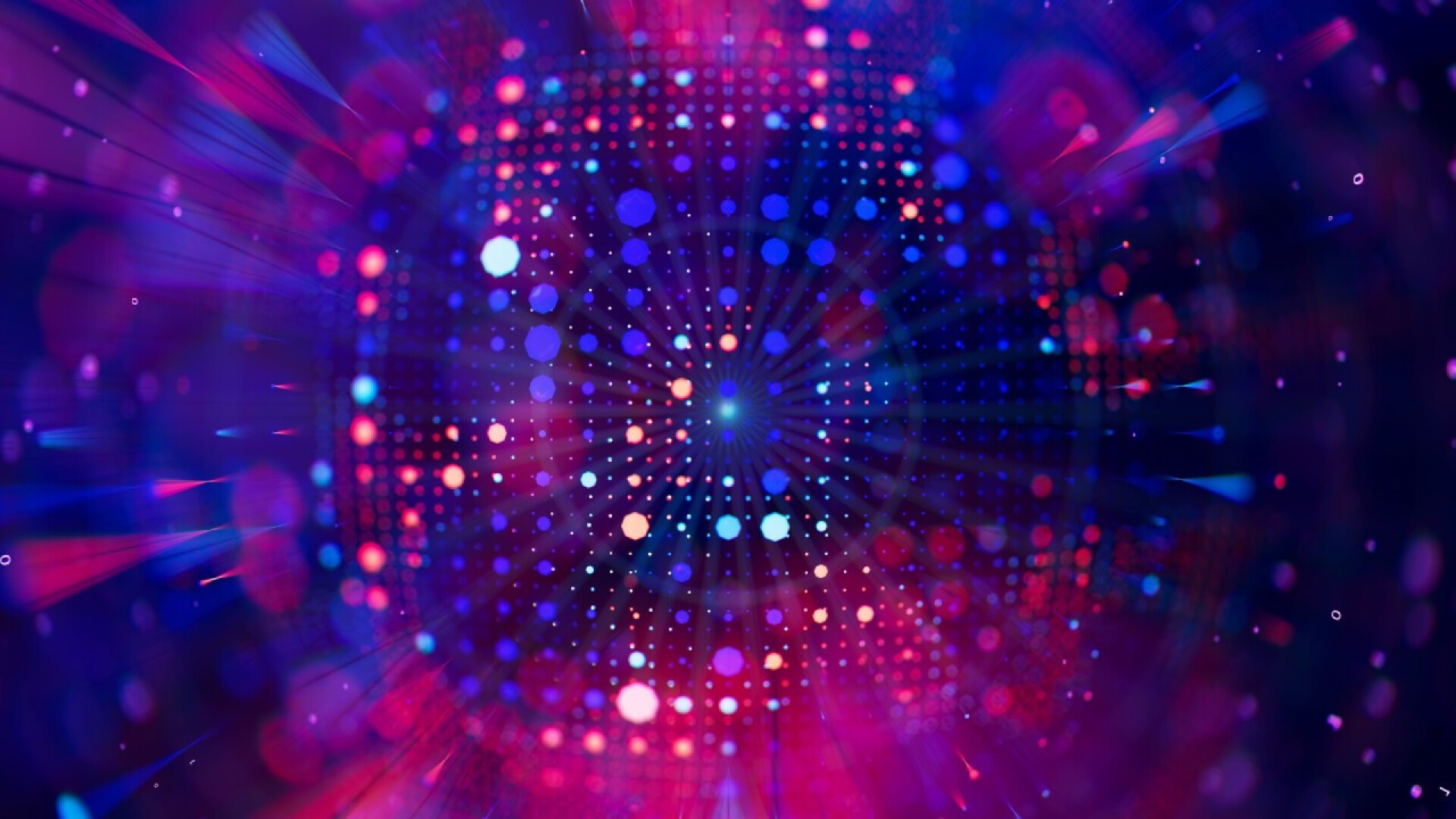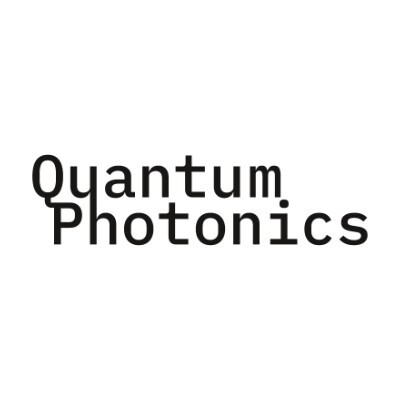Qubits - The key technology behind quantum computers
Qubits are the basis of quantum computers. In contrast to classic bits, they can assume several states simultaneously through superposition and entanglement - and thus enable a completely new form of information processing.
In the world of classical computers, we are familiar with bits - they are the elementary building blocks of digital information and can have a value of either 0 or 1. But in quantum computing, one of the most exciting fields of modern science, qubits are taking their place. These quantum mechanical units are the key to the unprecedented power of quantum computers - machines that can solve complex problems where conventional computers fail.
What are qubits?
Qubits, short for “quantum bits”, are the smallest units of information in a quantum computer. In contrast to classical bits, which only have two states (0 or 1), qubits can assume several states simultaneously due to the principles of quantum mechanics. This behavior is called superposition.
Superposition and its significance
A qubit can not only be in one state (e.g. 0 or 1), but in a superposition of both states. The qubit only “decides” on one of these values during a measurement. This means that a quantum computer with several qubits can run through a large number of calculation paths simultaneously - an enormous advantage over classical systems.
The difference to classic bits
While classical bits can only assume either the value 0 or 1, qubits enable the simultaneous representation of both states through superposition. This allows quantum computers to perform parallel calculations that would require significantly more time and computing power for conventional computers. In addition, qubits can be connected to each other via quantum entanglement - a phenomenon that does not exist with classical bits. This entanglement enables extremely efficient and coordinated information processing. In short: bits are linear and individual - qubits are networked and diverse at the same time. This makes them the key technology of the next generation of computers.

Entanglement: The power of the quantum connection
Another central concept in qubits is quantum entanglement. This is a strong correlation between two or more qubits. If the state of one qubit changes, this has an immediate effect on the entangled partners - regardless of the distance between them.
It is this property that makes quantum computers so powerful. Entanglement allows information to be processed extremely efficiently - which promises revolutionary advances in the factorization of large numbers or in materials research, for example.
Physical realization of qubits
Qubits don't just exist theoretically - they can be realized with various physical systems. The choice of technology has a major impact on the stability, scalability, and practical applicability of quantum computers. Here are some of the most important forms of implementation:
Superconducting qubits
This technology is used by some companies. It is based on tiny superconducting circuits that operate at temperatures close to absolute zero. The advantage: they can be manufactured using established semiconductor processes.
Ion traps
Here, individual atoms are “caught” in a trap using electromagnetic fields and manipulated using laser beams. This method is particularly precise and offers a high coherence time – however, scaling to many qubits is technically complex.
Photon qubits
Light particles (photons) serve as carriers of quantum mechanical information. This technology is particularly interesting for quantum communication, as photons can be transmitted excellently over long distances – e.g., in fiber optic cables.
Spin qubits
They utilize the intrinsic angular momentum (spin) of electrons trapped in so-called quantum dots. This approach is particularly promising in the semiconductor industry because it can be combined with current manufacturing processes.
Challenges when working with qubits
Despite all the advances, qubits are extremely sensitive. Two of the biggest challenges are:
1. Decoherence: A qubit quickly loses its quantum mechanical properties when it comes into contact with its environment – an effect known as decoherence. Temperature, radiation, or vibrations can cause a qubit to lose its superposition. This makes reliable calculations difficult.
2. Error correction: Classical computers use redundant information to compensate for errors – this isn't so easy with qubits. Quantum error correction requires additional qubits to stabilize a logical qubit. Researchers are working hard to optimize these processes.
Applications of qubits: More than just computing power
With increasing computing power, numerous revolutionary applications for qubits are opening up:
- Quantum cryptography: Qubits can help create entirely new, secure communication channels. So-called quantum key distribution (QKD) can encrypt information that would be immediately exposed by any attempt to intercept it.
- Molecular simulation and materials research: Quantum computers with qubits are ideal for simulating chemical reactions – an area where conventional computers often reach their limits. This could accelerate the development of new drugs or materials.
- Optimization of complex systems: Whether supply chains, traffic flows, or financial markets – many processes require the simultaneous evaluation of countless parameters. Qubits enable the rapid search for optimal solutions in vast data spaces.
- Artificial intelligence: Machine learning benefits from the parallel data processing enabled by qubits. In the future, quantum computers could train neural networks that are far more powerful than today's systems.

Qubits and the future
The development of quantum computers is still in its infancy - but the progress is enormous. While current systems operate with a few dozen qubits, scientists are striving for so-called "error-corrected quantum computers" with thousands or even millions of qubits. This requires not only new physical approaches, but also comprehensive software solutions.
In the long term, qubits could complement or replace conventional computers in many areas. Especially in combination with AI and cloud technologies, a new digital ecosystem is emerging based on speed, security, and efficiency. Ethical issues such as access to quantum computing and its regulation are also increasingly being discussed.
Conclusion: Why qubits determine the future
Qubits are not just a new technology - they are the foundation for an entirely new way of computing, communicating and researching. Their ability to superpose and entangle makes them a powerful tool of the future. While numerous challenges remain, one thing is clear: qubits are the key to a new era of information processing.


